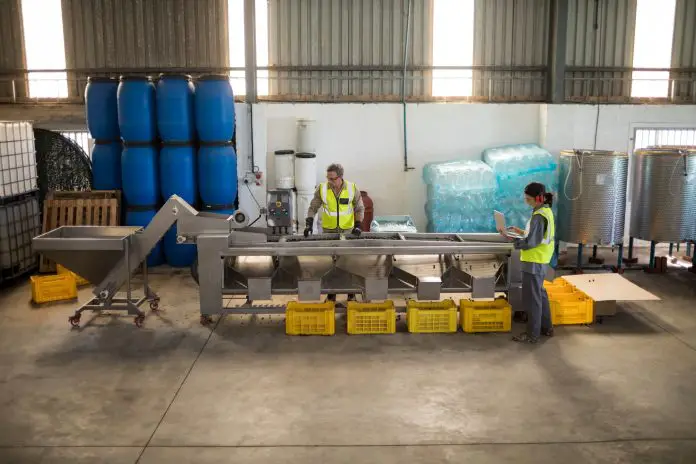Onshore crude oil production in the U.S. Lower 48 states has seen a remarkable transformation, more than tripling since January 2010, according to recent findings from the U.S. Energy Information Administration (EIA). This surge is largely attributed to the boom in tight oil production, specifically within the Permian region, which is reshaping the energy landscape and offering both challenges and opportunities for small business owners in various sectors.
The data reveals that while traditional oil production from vertically drilled wells has declined, tight oil production from horizontally drilled wells has skyrocketed—from 800,000 barrels per day (b/d) in 2010 to 8.9 million b/d in 2024. This dramatic shift means that tight oil now accounts for an astounding 81% of total onshore oil production in the Lower 48. Particularly, the Permian Basin has emerged as a powerhouse, contributing 65% of the growth in tight oil production and over half of the Lower 48’s total oil production in 2024.
For small business owners, particularly those in industries such as energy services, transportation, and manufacturing, this increase presents various possibilities. The surge in tight oil production can potentially stimulate local economies and create jobs. Businesses providing equipment, logistics, and consultancy services to the oil industry may find new avenues for growth as demand rises for their offerings.
"There’s a significant opportunity for small businesses to partner with larger oil companies or to supply them directly," notes Troy Cook, a principal contributor to the EIA report. He emphasizes that understanding the dynamics of these changing production patterns is crucial for small operators to capitalize on the trend effectively.
However, the trajectory of oil production is not without its obstacles. The EIA’s analysis shows that legacy production—the conventional oil that has sustained the industry for decades—has dropped from 2.6 million b/d in 2010 to 2.1 million b/d in 2024. This decline could mean increased competition for small operators who are more reliant on traditional production streams. Furthermore, fluctuations in oil prices, such as those experienced during the COVID-19 pandemic, can significantly impact production levels across various regions.
The EIA pinpointed a notable trend: while Permian tight oil production rebounded after the pandemic, non-Permian production declined by almost 15% from 2020 to 2024. Small business owners in regions outside of the Permian need to be particularly vigilant about price changes and adaptability in their operations. This may involve diversifying service offerings or exploring alternative energy solutions.
Within the Permian, specific plays like Wolfcamp, Bone Spring, and Spraberry are driving most of the output. The Wolfcamp play alone produced 3.4 million b/d in 2024, akin to the combined production from all other non-Permian sources. For small businesses situated near these plays, there are tangible benefits, from opportunities in logistics to increased demand for local supply chains.
Current trends urge small business owners to consider not just the immediate gains from booming production but also the long-term sustainability of engaging with the oil sector. Innovations like improved extraction technologies and environmental considerations, such as emissions management and sustainable practices, may become increasingly relevant as regulatory policies evolve.
In sum, the landscape of oil production in the U.S. is shifting. Small business owners have both the chance to thrive in this evolving environment and the challenge of navigating potential pitfalls. Remaining informed and adaptable will be key as the energy sector continues to evolve. For more detailed data on the current state of onshore crude oil production, interested readers can explore the full report from the EIA here.
Image Via Envato: Wavebreakmedia



